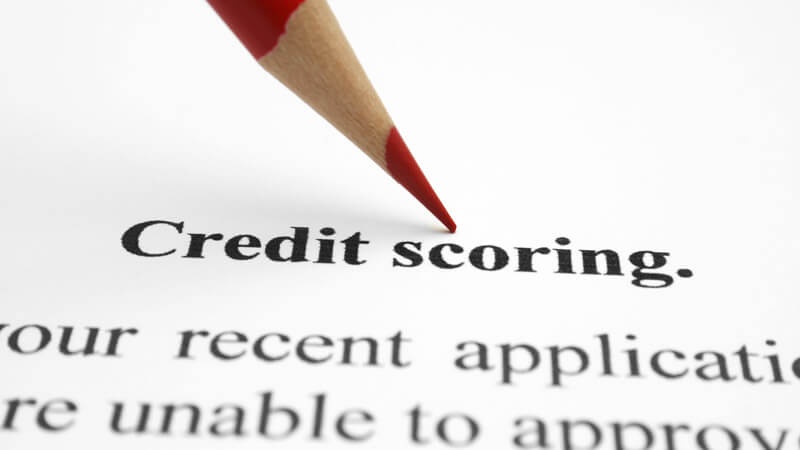Lenders use status codes when reporting the status of your credit account to the credit bureaus. These status codes have a numeric value that can have a positive or negative impact on your credit score. They may also include a narrative code that could further help or harm your credit rating. Let’s take a closer look.
Current Account Status
There are nine possible account statuses your account could have—the higher the number the more negative the impact is on your credit report.
- Account paid as agreed
- 1 to 30 days past due
- 31 to 60 days past due
- 61to 90 days past due
- Account referred to collections
- Unused
- Account paid in Chapter 13 bankruptcy or through non-profit financial counselor
- Repossession
- Account charged off
Many lenders don’t begin reporting your account as late until you’re several months delinquent, but some lenders may begin reporting your account as past due even if you’re only one day late with a payment. That’s why it’s important to stay in communication with your lenders if you’re having financial trouble. Remember, anything other than a “1 – Account paid as agreed” will have a negative impact on your credit report.
Narrative Codes
Next to your account status some lenders may include a “narrative code.” These codes typically have a neutral or negative impact on your credit report. Neutral codes may simply describe the account, such as home equity and credit card, but others may be decidedly negative. Negative narrative codes may include:
- Charge off
- Paid Charge off
- Repossession
- Settlement
- Account included in bankruptcy
If monitoring your credit report several times a year, you can be notified immediately if derogatory information is placed on your credit report.



